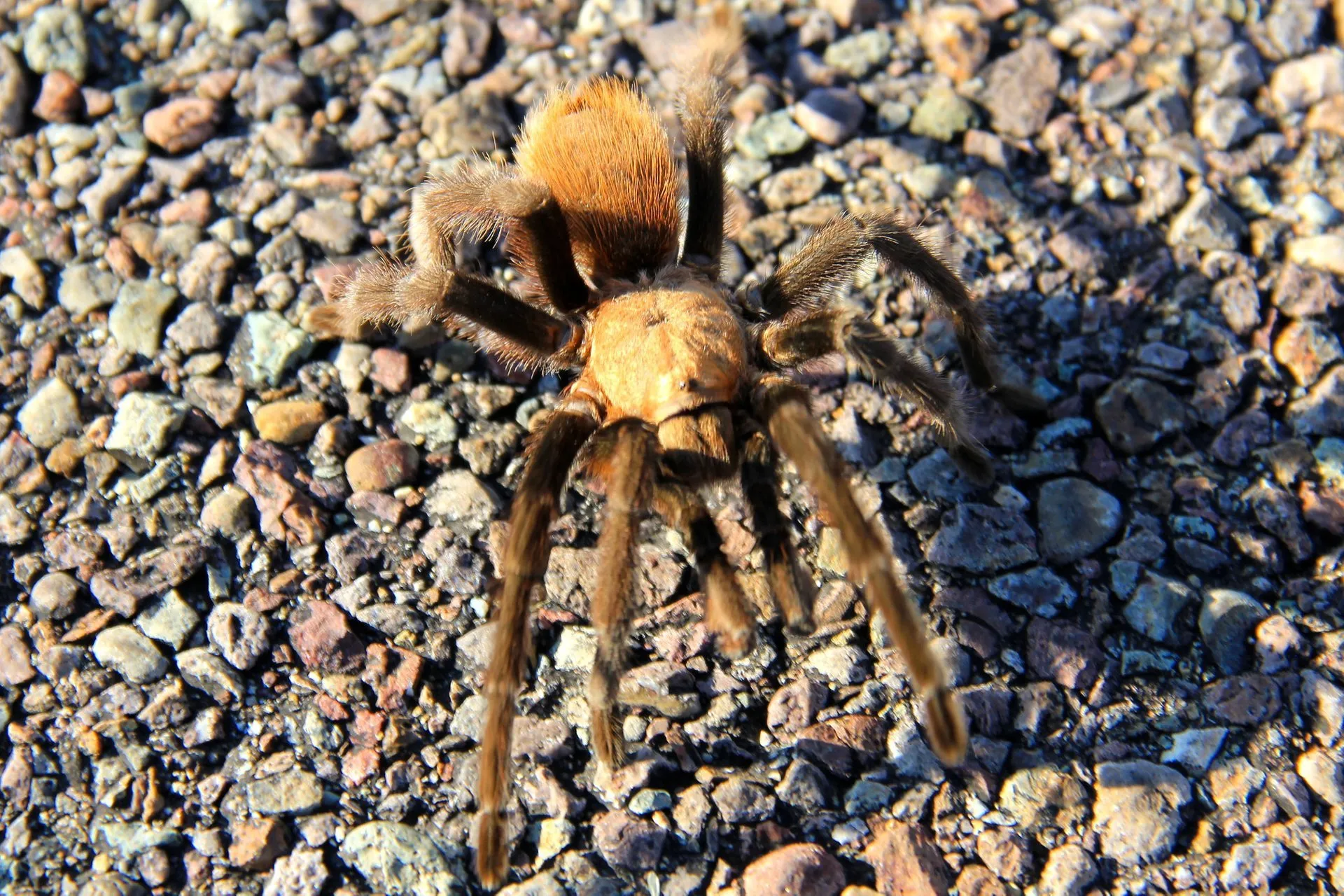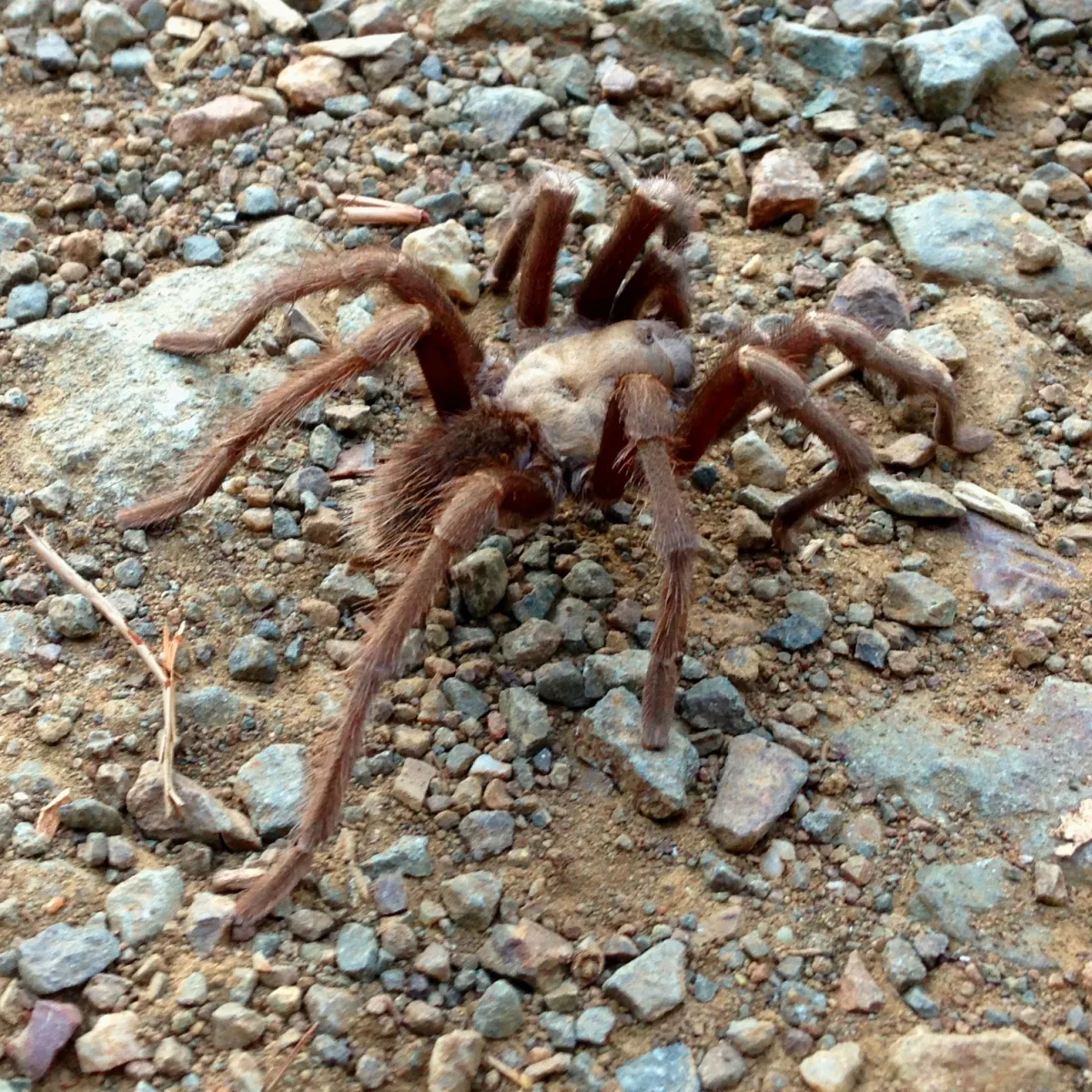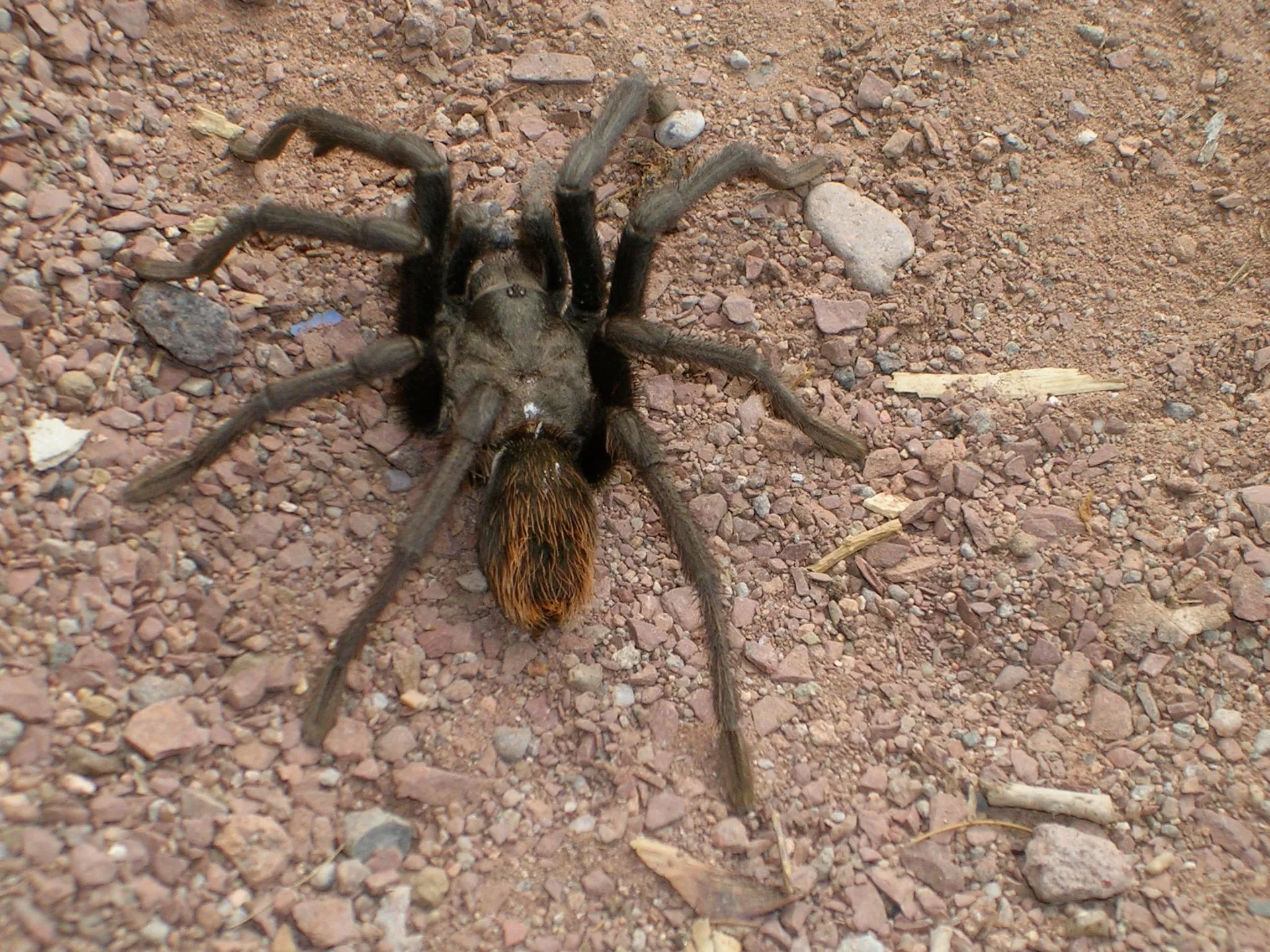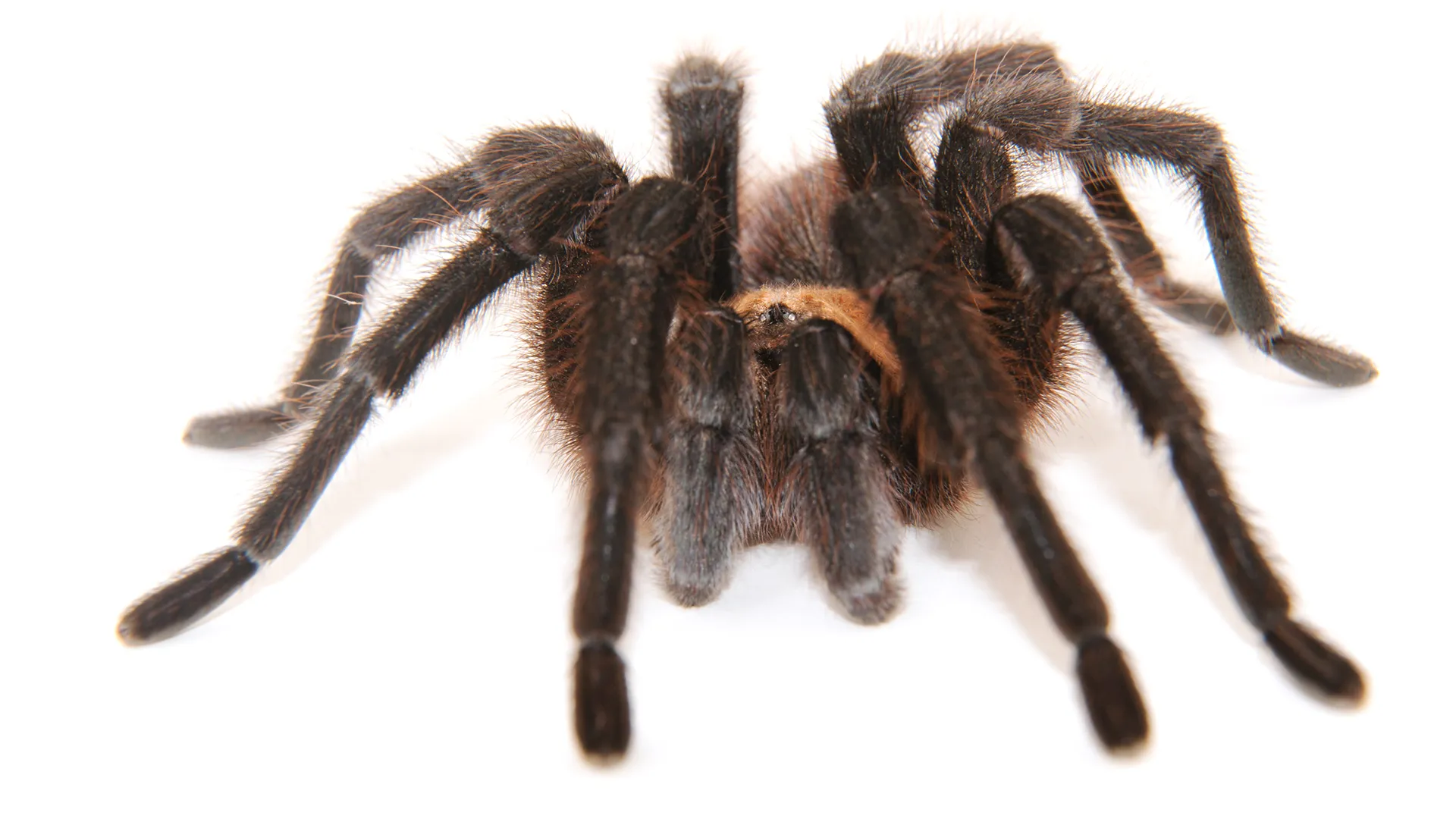What is Tarantula Migration?
Tarantula migration is a remarkable natural phenomenon, often involving thousands of these fascinating arachnids embarking on journeys across various terrains. Unlike the migrations of birds or mammals, tarantula migrations are less about escaping harsh conditions and more about fulfilling biological imperatives. This phenomenon, though spectacular, is often poorly understood, making it crucial to educate ourselves and take steps to protect these creatures. Witnessing a tarantula migration is a unique opportunity to observe the intricate behaviors of these creatures and appreciate the delicate balance of ecosystems they inhabit. The scale and timing of these migrations depend on the species, habitat, and environmental factors such as rainfall and temperature.
Understanding the Phenomenon
The term ‘migration’ in the context of tarantulas refers to their mass movement from one location to another, often over considerable distances. These movements are usually driven by the need to find mates, locate suitable breeding grounds, or seek more favorable habitats. These spiders are generally solitary creatures, but during migration periods, they come together, creating a spectacle that can be both awe-inspiring and vulnerable. The timing of these migrations is often linked to the rainy season, which provides ample moisture and optimal conditions for the spiders’ activities. Different species of tarantulas have different migration patterns. Some travel in small groups, while others may migrate in massive numbers, making it easier for researchers and enthusiasts to observe.
Seasonal Timing and Triggers

The timing of tarantula migrations is primarily influenced by environmental cues, with the most significant being the onset of the rainy season. This increase in humidity and the availability of food sources, such as insects that thrive in these conditions, signal the start of the breeding season. Temperature also plays a crucial role, with warmer temperatures typically triggering activity. The duration of the migration can vary, lasting from a few weeks to several months, depending on the species and environmental factors. Knowing the seasonal patterns in your region is essential for anticipating these events and increasing your chances of witnessing this spectacle, while also knowing when to take extra precautions to ensure the safety of these creatures. Understanding these triggers helps in conservation efforts.
Why Do Tarantulas Migrate?
The primary drivers behind tarantula migration are reproduction and the search for optimal habitats. These migrations are a fundamental part of their life cycle, ensuring the continuation of their species. The males, in particular, undertake these journeys to find receptive females and mate, while females may move to locate suitable locations for egg laying and raising their young. Migration increases the genetic diversity of tarantula populations, promoting the long-term health and resilience of the species. Other factors, such as the search for better feeding grounds or shelter, can also prompt migration, although reproduction remains the most common reason. These movements also help to distribute the tarantula population across a wider area, reducing competition and ensuring the sustainability of local ecosystems.
Reproduction and Mating
Reproduction is the most vital reason behind tarantula migration. Male tarantulas set out on their journeys in search of females, following pheromone trails left by the females or using other sensory cues. These spiders are typically solitary and only come together for mating. The mating ritual itself involves complex courtship behaviors, including the male drumming on the ground or using his pedipalps to signal his intentions. After mating, the female will lay eggs and protect them in a silk egg sac. The males often do not survive long after mating, while the females remain to care for their offspring. Documenting the mating and reproduction behaviors through photography offers valuable insights into the life cycles of these arachnids.
Search for Suitable Habitats

Besides reproduction, the search for suitable habitats is another essential driver for tarantula migration. Habitats must provide shelter from the elements, sufficient food, and protection from predators. Females, in particular, seek out locations that are suitable for burrowing and raising their young. Males sometimes migrate to new areas to establish their own territories, especially if the current habitat is overpopulated or lacks resources. The ability to find and colonize new habitats ensures the long-term survival of the species. These spiders exhibit remarkable adaptability, allowing them to thrive in diverse environments, from deserts to rainforests. Habitat preservation and awareness are critical for protecting these fascinating creatures and their migration paths.
Identifying a Tarantula Migration
Recognizing a tarantula migration can be a thrilling experience for any nature enthusiast. Knowing what to look for and where to look for them can increase your chances of observing this unique phenomenon. The first indication of a migration is often a sudden increase in tarantula sightings in a particular area. Pay attention to local news and social media groups for reports of sightings in your region, which can alert you to the possibility of a migration. Be prepared to visit suitable habitats, and keep an eye out for their distinctive movements. The best time to find these arachnids is during the migration season when they are most active.
Where to Look for Migrating Tarantulas
Migrating tarantulas are often found in areas with suitable habitats, like grasslands, forests, or even suburban gardens. Trails, roads, and open spaces can become pathways for these spiders during migration. Look for them near potential breeding sites and areas with ample food sources. Researching the specific tarantula species in your region can help you identify preferred habitats. Depending on the species, you may encounter them crossing roads, paths, or even climbing over obstacles. Be aware of the local environment and any potential hazards for both the spiders and yourself, as you explore locations where they may migrate. Remember to respect the environment and leave no trace of your visit.
Behavioral Clues

Observing the behavior of tarantulas is essential for identifying a migration. Look for a concentrated movement of spiders in a specific direction, often during dusk or at night when they are most active. Watch for males displaying courtship behaviors, such as drumming or waving their pedipalps. In some cases, you may see groups of tarantulas congregated near potential mates or suitable nesting sites. Learning to distinguish the specific species in your area allows you to know their unique behaviors. Being patient and observing with care can help you recognize the subtle behavioral cues that indicate a migration is underway, providing a deeper understanding of their remarkable journey.
Taking Pictures Safely and Ethically
Photographing tarantulas during their migration can be a rewarding experience. However, it’s essential to prioritize the safety and well-being of both the spiders and yourself. Always maintain a respectful distance, and avoid any actions that might disturb or stress the animals. Use appropriate equipment and techniques to capture stunning images without causing harm. Ethical photography involves respecting the natural behavior of the animals and avoiding any interference in their lives. These animals are delicate and should be photographed with care and sensitivity. Your actions should always prioritize their safety.
Essential Photography Equipment
To capture high-quality photos of migrating tarantulas, it’s crucial to have the right equipment. A macro lens is essential for close-up shots, allowing you to capture the intricate details of these arachnids. A telephoto lens can be useful for photographing tarantulas from a distance, ensuring your safety and theirs. A tripod provides stability, especially in low-light conditions, allowing you to capture sharp images. Additional equipment includes a camera flash, which can be helpful for illuminating the subjects, and a diffuser to soften the light. Other useful items include a headlamp for night photography, a sturdy bag to carry your equipment, and appropriate clothing for different weather conditions.
Tips for Capturing Stunning Photos

Capturing stunning photographs of migrating tarantulas requires patience, skill, and attention to detail. Focus on capturing the spiders’ unique features, such as their hairy legs, fangs, and distinctive patterns. Experiment with different angles, lighting conditions, and compositions to create visually appealing images. Try to capture the spiders in their natural habitat, showcasing their behavior and interactions with their surroundings. Focus on the eyes of the spiders and ensure that they are sharp. Use a shallow depth of field to isolate the spiders from the background and create a visually pleasing effect. Practice and experiment to improve your skills and capture the beauty of these creatures.
Protecting Tarantulas During Migration
Protecting tarantulas during their migration is a shared responsibility. Their migration paths are often threatened by habitat loss, vehicle traffic, and human disturbance. By taking simple precautions, you can contribute to the conservation of these fascinating creatures. Educate yourself and others about the importance of tarantulas in the ecosystem. Promote sustainable practices that minimize habitat destruction. Your actions and awareness are vital to securing a future for tarantulas.
Do Not Disturb or Handle
The most important step in protecting tarantulas during migration is to avoid disturbing or handling them. Refrain from attempting to pick them up or move them, as this can cause stress and potential injury. Always observe them from a safe distance, using binoculars or a telephoto lens to get a closer view. Avoid using bright lights or flash photography, as these can disorient or frighten the spiders. Respect their natural behaviors and habitats. By respecting their space and leaving them undisturbed, you help ensure their safety and promote their ability to complete their migration.
Reporting Sightings and Conservation

Reporting tarantula sightings to local conservation organizations or scientific research groups is a valuable way to contribute to their protection. Your observations can help researchers understand the migration patterns of these animals and identify areas where conservation efforts are needed. Document your sightings with photographs and detailed notes. Support local conservation initiatives dedicated to preserving tarantula habitats. Educating others about the importance of tarantulas and their role in the ecosystem promotes a culture of respect and conservation. Collaboration between scientists, conservationists, and the public is crucial for securing the long-term survival of these incredible arachnids.
